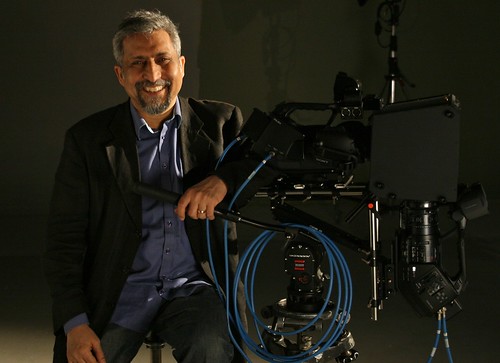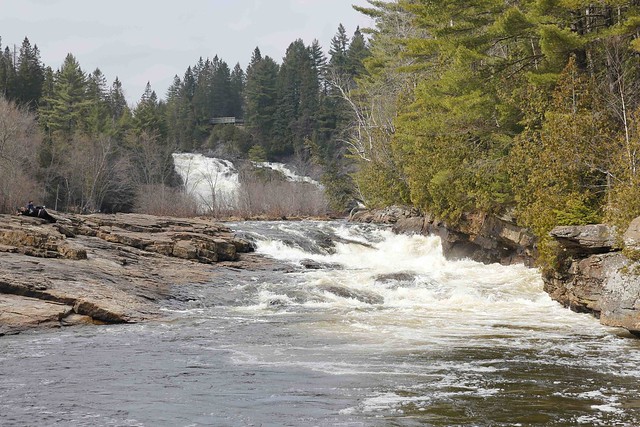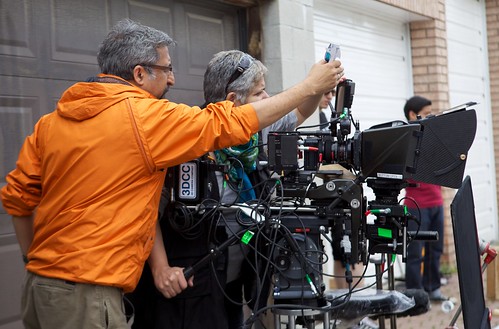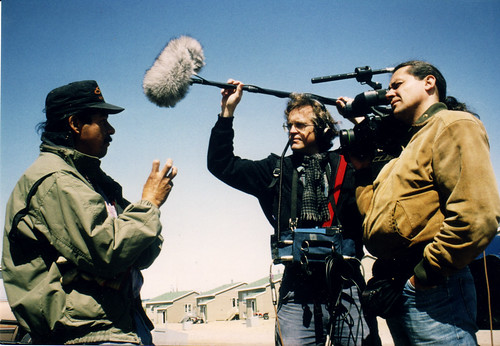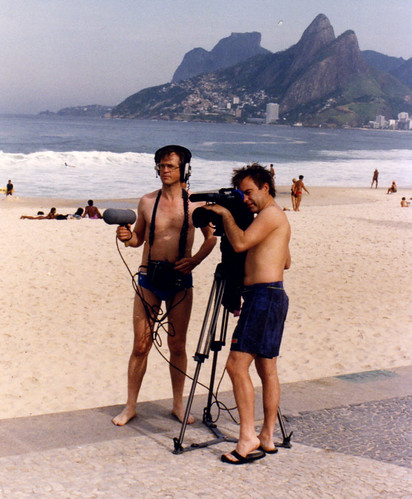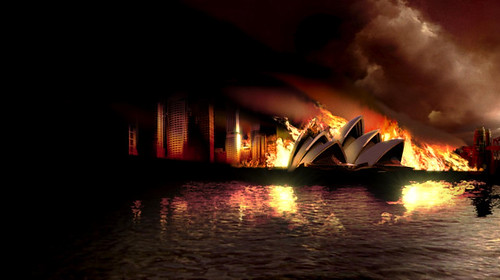Last fall I posted part one of an interview with my friend Ali Kazimi on 3D and its potential for documentary. Here is part 2. Ali is an award-winning filmmaker and most recently author of Undesirables: White Canada and the Komagata Maru – An Illustrated History (www.undesirables.ca). He is an associate professor in the Department of Film at York University, where he has been researching stereoscopic 3D digital cinema since 2008.
Ali Kazimi.
I feel 3D is appropriate only for certain kinds of documentaries that have both very controlled shooting parameters, such as nature, performance or travel with healthy if not hefty budgets especially for post production. Ken MacNeil from Creative Post in Toronto, likes to point out that finishing a stereoscopic 3D (S3D) film is akin to creating a Digital Intermediate for a film shot on 35mm film. i.e. one has to use a very high end S3D capable system to do the overall colour correction and stereo-grading. The colour grading ensures that both cameras are matched as closely as possible, the stereo grading involves fixing the geometrical issues between lenses, the alignment between cameras and determining where the screen plane will lie – i.e. what will be in front of the screen and what will appear behind it.
I take it there is a real learning curve involved here ? You can’t just improvise.
A fundamental knowledge of S3D basics combined with basic knowledge of human perception is essential. For example one of the things that cannot be fixed in post is the depth in shot – this is determined by the Inter-Axial (IA) distance between the two cameras, hence the IA determines the depth in a given shot, in simple terms the greater the IA the more the depth (note: if one pushes this too far you get miniaturization, an effect specific to S3D). What one can adjust in post-production is the point at which both cameras converge – Convergence determines where the screen plane lies. If your depth, as determined by the IA has not been calculated properly, the scene may be unwatchable and the only way to fix it would be either to loose one of the camera images and keep it in 2d or to go for a 2D to 3D conversion.
And how accessible is the equipment ?
Currently at the lower end there are many tools both in terms of cameras and post-production that are making it S3D more accessible. I have been playing around with the new Sony HDR-TD10 S3D consumer camcorder. It is the first affordable true HD camera, with 1920×1080 resolution for each eye. There is now a prosumer version, HXR-NX3D1, but unfortunately the codec used by Sony will only work on their proprietary Vegas Pro system, there are complicated workarounds to edit the material on other NLE software such as FCP, Avid, or Premiere.
On the one hand it is amazing to have these tool, on the other hand it, I go back to the steep learning curve necessary to learn stereoscopic 3D, it would be a mistake to think that this camera can be used to shoot an entire film in the same way that a 2D prosumer camera such as the Sony PD150 or the Sony Z1U was rapidly adopted for docs in the past. The new S3D cameras are good for many kinds of shots, but filmmakers will also need to keep using mirror rigs – i.e. two cameras mounted at 90 degrees with a partially silvered mirror at 45 degrees in between them. I have also seen the Sony shoulder mounted TD 300 camcorder – it offers greater control but again is limited by the fixed Inter Axial (IA) distance – the distance between the two cameras.
A documentary package for S3D production could consist of a Genus Hurricane mirror rig with a two Sony EX3’s and at a Sony TD10 or NX3. Of course, this is already two cameras more than a 2D package.
This sounds quite complex. Is it really compatible with the kind of flexibility and agility we associate with typical docs ?
I do think it is an exciting time for documentaries and the possibilities S3D offers, however I do feel it will be sometime before we start seeing lower budget films that offer more than just depth, in which the true potential of S3D is exploited. At the moment most S3D films need to work on both 2D and S3D screens. Many including myself feel that S3D on its own requires a different language – slower editing pace, wide angle lenses, more movement, deep focus. Pina is a great example of this, and Wenders has said that the film was designed with only S3D in mind and does not work in 2D, I have to agree with him.
Given the dismal state of documentary financing in Canada today, it is unlikely that anyone would make a film solely designed for S3D. Realistically you are looking at a budget that is significantly higher. Unlike the US and Europe where there are now dedicated S3D television broadcasters, in Canada there are none. Bell and Rogers have been running test channels for the past couple of years with the same compilation reels endlessly looped.
I have met several people who are eager to jump into S3D productions, they are typically focused on rigs and workflows, I do have to keep reminding them that they cannot bypass the fundamentals. Our 3DFlic research project at York has been renewed for another two years, so while I continue to explore content, form and technology for S3D docs, we will also be holding seminars, workshops and the second stereoscopic 3D conference next year.
